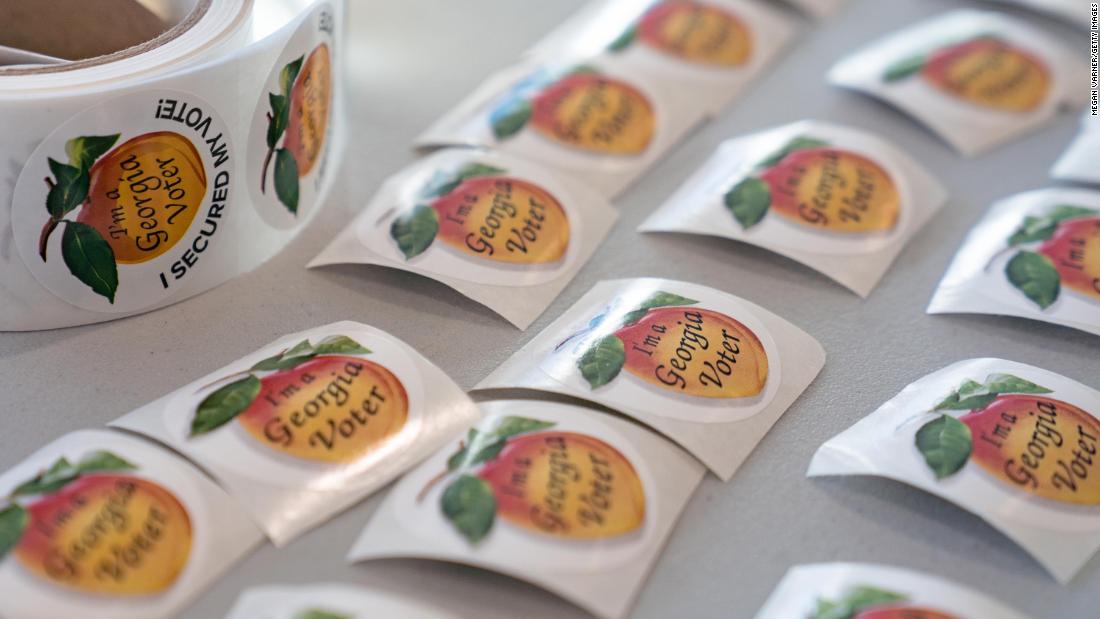Analysis: What we’ve learned so far from the runoffs
1) All of the votes have not been counted. The exit polls may be adjusted. So, take all of this cum grano salis.
2) Because the race between Perdue (R) and Democrat Ossoff was at the top of the ticket, I am using the exit poll from that race to make comparisons to the 2020 presidential exit polling in the state.
OK, here we go!
What explains the Black turnout? One factor may well be Warnock’s candidacy. Warnock, the head of Ebenezer Baptist Church, took considerable incoming from Sen. Kelly Loeffler (R) during the runoff for his ties to the Black church community — including controversial Rev. Jeremiah Wright. It’s uniquely possible those attacks backfired on Loeffler (and Perdue) — serving as an impetus for the Black community to turn out in droves to vote for the two Democrats.
* Suburbs stayed tight: Republicans were hoping that without Trump on the ballot in January, some of their under-performance in the Atlanta suburbs (which were once the key to their victory margins statewide) would be lessened. That didn’t happen. Trump won suburban Georgia voters by 3 points in November; Perdue is ahead of Ossoff by just 2 points. And perhaps as importantly, suburban voters turned out in similar numbers in the Senate runoffs as they did in the November general election. In November, suburbanites were 61% of the overall electorate, while on Tuesday they were also 61%.
Assuming those numbers hold, it suggests that Trump has done damage to the Republican brand among suburban voters that goes well beyond just races where he is on the ballot. And extrapolating further, if the suburbs are now a pure toss-up across the country, that would be, generally speaking, scary news for Republicans.
Losses in both Senate seats in a state that, until Biden’s victory in 2020, hadn’t voted for a Democrat since Bill Clinton in 1992, would be hard to blame on anyone but Trump. He not only transformed the Republican Party over the past four years into a cult of personality, but in the final days of the runoffs he made the story all about him, with his conspiracy-ridden phone call with Raffensperger.
![]()



